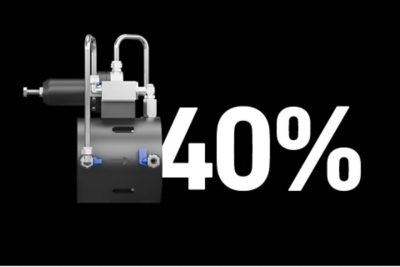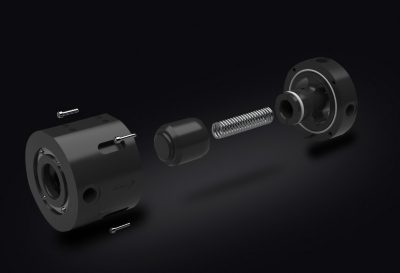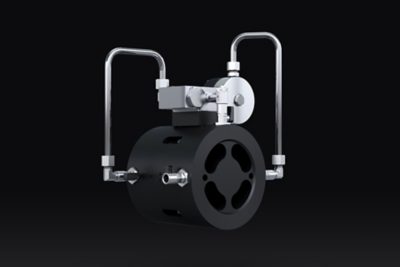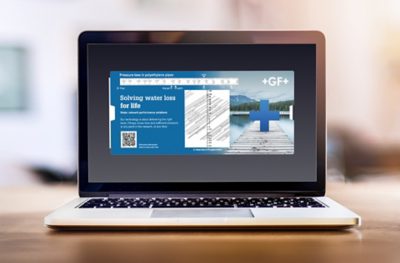Protect your water distribution network from excess pressure and reduce leakage rates and pipe bursts. NeoFlow is a state-of-the-art technology for pressure management that can prevent your pipes over-pressurizing while delivering accurate, stable flow, and increased flow capacity to utilities.
Compact, intelligent, and low maintenance
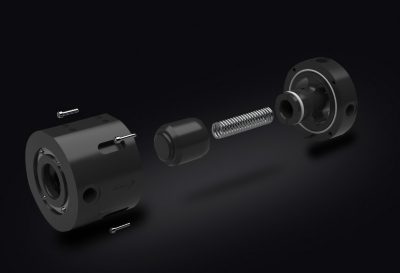 NeoFlow PRV cut-out
NeoFlow PRV cut-out
Co-developed with OFUI

Smart Valve
Integrated pilot valve to optimize pressure regulation and optional integrated equipment to monitor flow, and water quality.

No actuator stem or diaphragm
Significantly reduced complexity. Low maintenance requirements due to very simple design with few components and no elastomer diaphragm.

Axial Flow
More accurate and very stable flow (down to zero), even at a small operating differential. Higher flow precision, also enabling pressure management in low pressure systems.
Dealing with non-revenue water ?
What is non-revenue water?
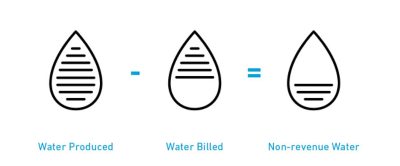
USD 39bn is the estimated yearly global cost of non-revenue water to utility companies1
Non revenue water (NRW) is water that has been produced and is "lost" before it reaches the customer. Losses can be real losses (through leaks) or apparent losses (for example through theft or metering inaccuracies).
Due to the aging water distribution infrastructure, non-revenue water (NRW) is a major issue for water utility companies across the globe.
What is pressure management?
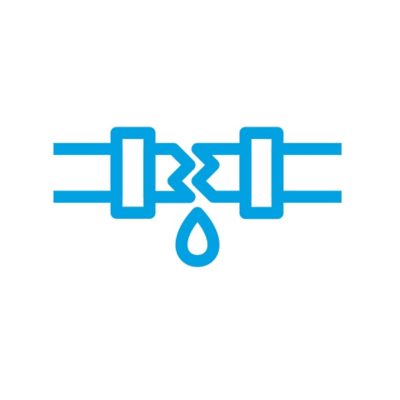
75% reduction in pipe bursts by decreasing excess pressure by 25%2
Pressure management technologies are considered as one of the most effective methods to reduce non-revenue water. They reduce the flow rates of existing leaks and mechanical stress on the infrastructure, resulting in lower bursts rates and prolonged asset life.
Reducing system pressure by 20% reduces existing leakage flow rate between 11% and 28% depending on network characteristics²
²Reference document Good Practices on Leakage Management WFD CIS WG PoM
Increase sustainability impact
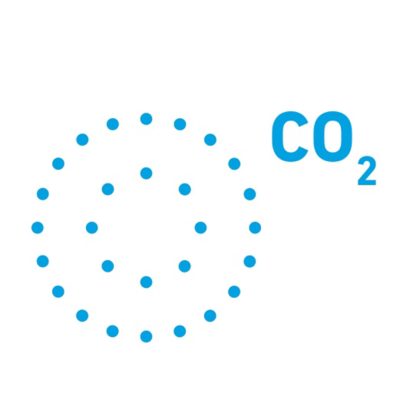
5% reduction of water leakage can save up to 225'000 metric tons of CO2 anually3
By reducing water loss, less water needs to be treated and pumped through the system. Consequently the energy needs can be decreased in an efficient way. In the US a 5% reduction of water leakage can save up to 225’0003 metric tons of CO2 annually, the equivalent to the annual C02 emissions of 14’000 US citizens4.
³The Carbon Footprint of Water. Bevan Griffiths-Sattenspiel/Wendy Wilson
⁴Fossil CO2 and GHG emissions of all world countries, European Union, 2019
Video
Please accept all cookies to view the youtube video content.

